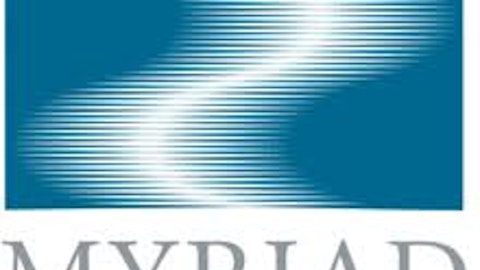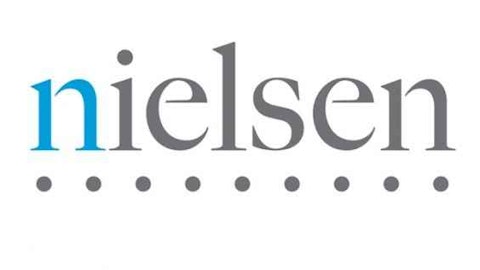On April 1, 2013, well-known market research firm Forrester Research, Inc. (NASDAQ:FORR) announced that it would commence a $130 million Dutch auction-style stock repurchase program. According to the release, the program will remain open for at least a month. Given the company’s relatively low market capitalization of approximately $780 million, this move has the potential to provide Forrester Research, Inc. (NASDAQ:FORR)shareholders with a significant money-making opportunity in the medium-term.

It also has the potential to reorder Forrester Research, Inc. (NASDAQ:FORR) investors’ financial positions in dramatic fashion. This article will examine the structure of the Dutch auction and offer some insight into its potential effects on the company’s stock price, financial statements, and competitive position relative to its peers.
Competitors
One of Forrester’s major competitors is the Stamford, Connecticut-based research and information services firm Gartner Inc (NYSE:IT) . With nearly five times as many employees as Forrester, Gartner is a more recognizable company and counts many prominent firms as clients. Like Forrester Research, Inc. (NASDAQ:FORR), it offers a variety of research services, but their products are generally tailored more closely to the needs of the information technology industry. Most of its research services focus on the impact and applicability of various programs, technologies and applications. Although Gartner has a profit margin of just over 10 percent and thus is not much more profitable than Forrester, it has a much better return on equity figure of over 67 percent. It also earned about $166 million on $1.6 billion in gross revenue. Forrester’s only notable financial advantage over Gartner relates to cash; Gartner has $215 million in debt and about $300 million in cash on hand.
In a more indirect way, Forrester also competes with Nielsen Hldg NV (NYSE:NLSN). The two companies’ operations intersect primarily in the market research and consumer-habits segments. While Nielsen Hldg NV (NYSE:NLSN) is the undisputed leader in researching and quantifying consumers’ media consumption habits, Forrester does maintain a significant “old fashioned” research arm that competes with Nielsen’s operations. Financially, Nielsen is narrowly profitable with return on equity and profit margin readings of around 5 percent. However, the company is far larger than either Forrester or Gartner: At $5.6 billion, its revenue is roughly 20 times greater than that of Forrester; however, it has significantly more debt than either of its peers. With $6.6 billion in debt and just $288 million in cash, Nielsen is not a good pick for value investors.
Deal Structure
Under the terms of the deal, Forrester has agreed to repurchase up to $130 million of its own stock for a period of not less than 30 days. Shareholders are free to tender their shares in 25 cent increments between $32 and $36 per share. On the trading day prior to the deal’s announcement, Forrester’s stock closed at $31.65 per share. The company’s shares now sit at about $35 per share. Accordingly, the deal continues to offer a theoretical premium of up to 3 percent.


